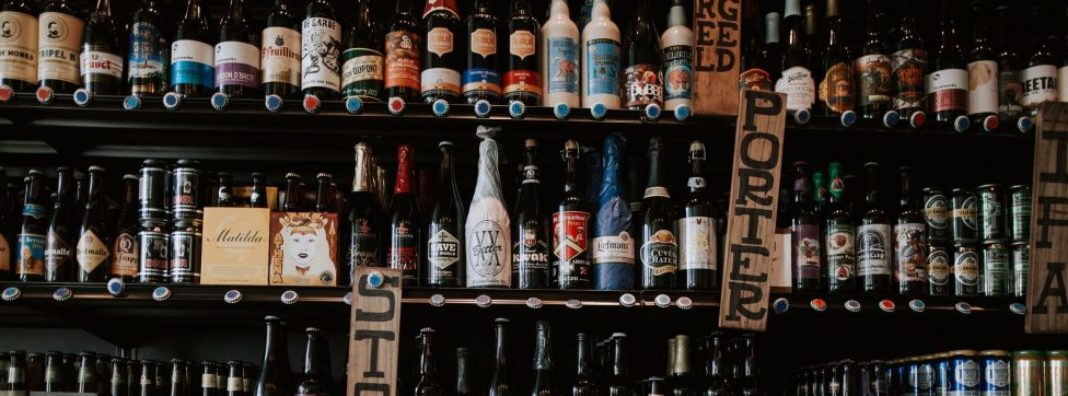
Bingeing “Tiger King” and working on a good beer buzz are the only two things we can all agree on. Headlines across the country have made it clear — Americans are drinking their way through the COVID-19 pandemic.
But behind bloodshot eyes, craft brewers across the United States are confronting a sobering reality. Unfortunately, this boom in alcohol sales has not translated to the thousands of small, local and independent brewers we have all come to love over the past few decades. While some alcohol producers have experienced historic sales spikes in recent weeks, a survey conducted by the Brewers Association reports that most breweries have seen sales plummet by at least 70%. The pain is so drastic that well over half of breweries indicate that they will not survive the next three months if they must continue operating under current conditions.
The Challenges Breweries Face
Prohibition is partly to blame for the uncompromising challenges confronted by America’s 8,000 modern-day breweries. While the 21st Amendment to the Constitution left alcohol regulation to state policymakers, restrictions in distribution channels were paramount to the policies promoted by the federal government.
Scholars at the time believed that severing relationships between breweries and drinkers would remove some of the more nefarious aspects of “tied house” beer halls. Even homebrewing was illegal in all states before the 1978 federal legislation signed by teetotaling President Jimmy Carter. Today, each state maintains its regulatory framework for booze, creating a tangled web of inconsistent bureaucratic instructions. On top of that, city governments also contribute to the morass of confusing production and distribution constraints.
What could help craft breweries navigate the regulatory quagmire in this time of unprecedented uncertainty? While “business as usual” remains beyond the horizon, some reconsiderations of these tangled public policies might give America’s craft breweries a fighting chance. The support offered by the CARES Act is likely to help, but in the face of complete evaporation of taproom demand, small business loans are like putting a Band-Aid on a bullet hole.
A Fighting Chance
In times where taprooms must remain vacant out of concern for public health, removing barriers for alternative distribution channels and product offerings should remain on top of the mind for policymakers keyed into preventing the collapse of America’s rich craft brewing culture. From the hopyard to the tasting room, tens of thousands of regulations influence each six-pack.
Our prior research suggests that allowing craft breweries to sell directly to consumers is likely to have positive effects on craft brewery growth. Many breweries have pivoted toward food and beer carryout, but distribution must be allowed to go further to maintain some reasonable revenue.
City councils like the one in Bristol, Tennessee, along with state governments in New Jersey and New York have passed temporary concessions that allow for beer delivery.
Some federal regulations are also worth reconsidering. For example, eliminating large spring gatherings such as March Madness and St. Patrick’s Day parades meant that thousands of barrels of beer went unsold. Because of the perishable nature of beer, regulations determining when a beer is “out of code” are going to cause many distributors to dump the product well before the beer goes bad. Relaxing these dates might provide some hope that more delicious beer won’t go to waste.
Unfortunately, not all regulators have been as receptive to bending the rules. Perhaps most notabe, Pennsylvania’s state-owned liquor stores were closed in the middle of March, leading to a flood of bootleggers moving beer across the state line. Moving forward, anti-beer decisions such as these are likely to rewrite the nation’s beer geography. Talk about a buzz kill.


 USA Today
USA Today